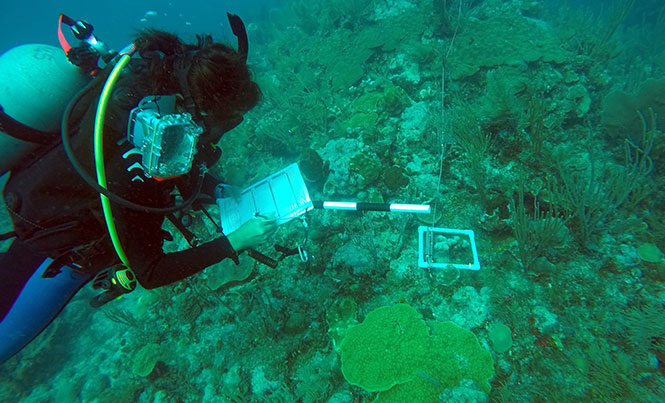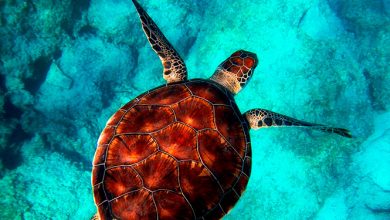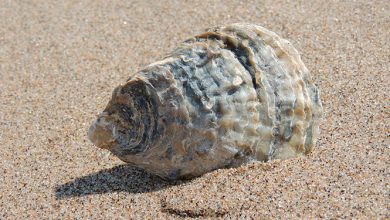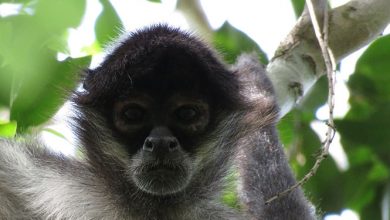Monitoring the Second Largest Reef in the World

Healthy Reefs Initiative (HRI) is an NGO that has been monitoring this system’s health for ten years and has also included ecological, socio-economic, cultural and policy factors influencing the reefs’ health
Do you know where the second largest reef in the world is? In Latin America. The Mesoamerican Reef starts right here in the Yum-Balam Protected Area in Quintana Roo, Mexico. It is a fringing reef that spans 1000 km across Mexico, Belize, Guatemala, and Honduras. It includes over 500 species of fish, 66 species of hard coral, manatees, marine turtles, one of the largest aggregations of whale sharks, mangroves, coastal lagoons, and seagrass meadows, among others. Of all species of hard coral found in Mexico, 85% are present in this particular reef system. The main activities around this reef across all four countries are tourism and fisheries and both rely on the reefs’ health.
Healthy Reefs Initiative (HRI) is an NGO that has been monitoring this system’s health for ten years and has also included ecological, socio-economic, cultural and policy factors influencing the reefs’ health. It aims to promote the application of a reef health index and recommendations among managers and policymakers; provide scientifically sound data; and integrate stakeholders into the reefs’ management.
Did you know…
- The Mesoamerican Reef starts in our state of Quintana Roo?
- It spans 1000 km across four countries?
- It includes over 500 species of fish & 66 species of hard corals?
- It is home to one of the largest aggregations of whale sharks in the world?
During the first week of September, the HRI Mexico Coordinator, M. Sc. Marisol Rueda led one of the last monitoring trips of this year with a team formed by trained biologists from local organizations like Centro Ecológico Akumal, Blue Core A.C, and Razonatura. The team traveled to the southernmost sites in Mahahual and Xcalak to do surveys of fish, corals, and benthos (invertebrates living in the ocean floor). This data will be part of the 2017 Report Card on the health of the Mesoamerican Reef that will be launched early next year.
This assessment is a very important tool that is taken into account for management plans to achieve the goal of effective conservation as this reef provides major ecosystem services in the area (and the other three countries). The information produced by HRI has been used by CONANP and SEMARNAT (government agencies for protected areas and natural resources, respectively) to propose the new Mexican Caribbean Biosphere Reserve.
Interested in this topic or attending the report launch? Visit www.healthyreefs.org/cms.







